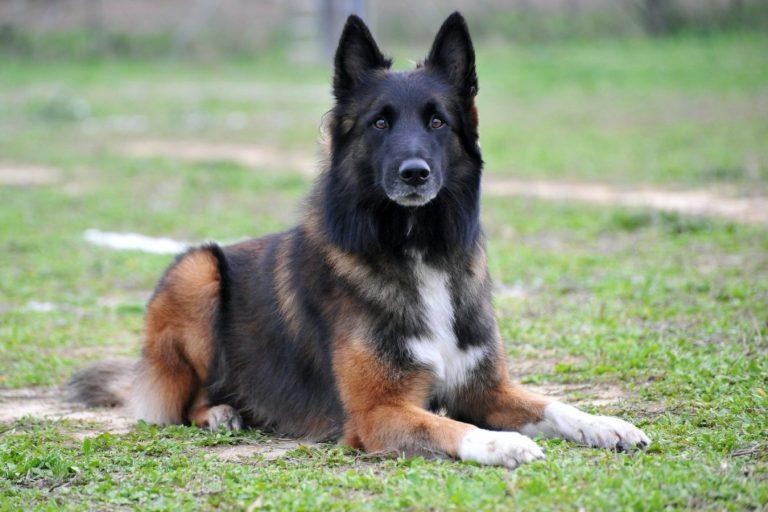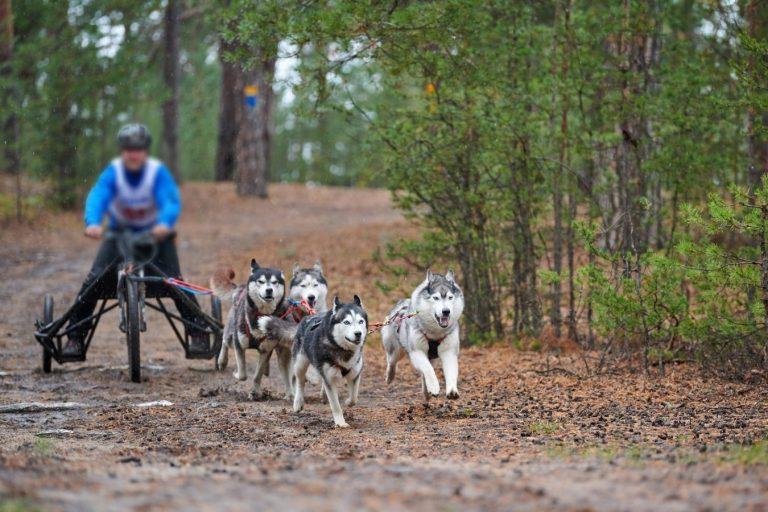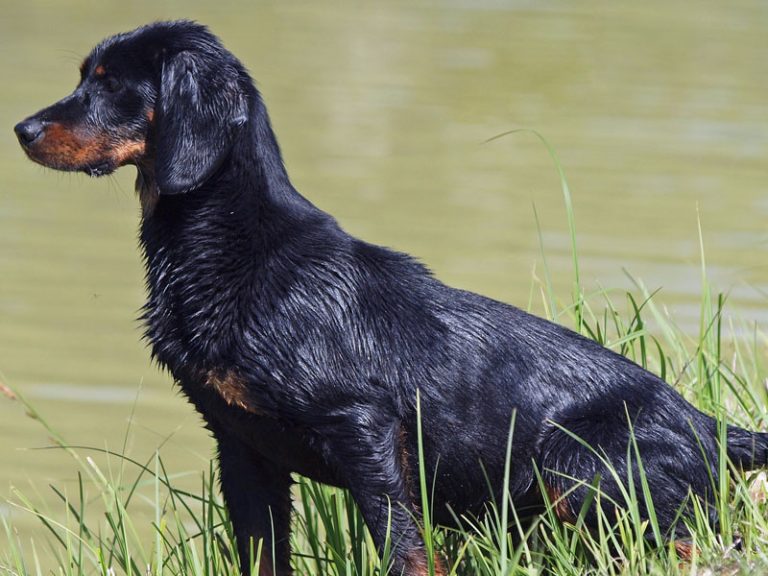Bolognese: Loyal and Playful
The Bolognese Dog Breed
 The Bolognese dog may be small, but their history is rich and ancient. Originating in Bologna, Italy, the nobility and aristocracy prized these dogs as companions for centuries. In this article, we will explore the fascinating history of the Bolognese dog breed, from its origins to its current status as a beloved companion animal.
The Bolognese dog may be small, but their history is rich and ancient. Originating in Bologna, Italy, the nobility and aristocracy prized these dogs as companions for centuries. In this article, we will explore the fascinating history of the Bolognese dog breed, from its origins to its current status as a beloved companion animal.
The origins of the Bolognese are unclear, but it is believed that they descended from the ancient Bichon family of dogs. The Bichon family includes several breeds, such as the Maltese, Havanese, and Bichon Frise, that share similar characteristics with the Bolognese, including small size, fluffy coat, and playful temperament.
The Bolognese likely developed in the region of Emilia-Romagna, in the north of Italy, and were initially bred as a companion for the wealthy and noble families of the area. They were often depicted in art from the time, including paintings and frescoes, suggesting they were highly valued as status symbols.
Bolognese Dogs as Status Symbols
During the Renaissance and Baroque eras, the Bolognese dog breed gained even more popularity among the Italian nobility. They were often given as gifts between wealthy families and frequently seen in rulers’ and aristocrats’ courts.
The Bolognese was particularly favored by the ladies of the court, who would carry them in their arms or have them tucked under their skirts. The breed’s small size and calm temperament made them ideal lapdogs, and they were often used to comfort and entertain their owners.
Decline in Numbers
 Despite their popularity, the Bolognese dog breed experienced a decline in the 19th century. With the rise of industrialization, many wealthy families who owned dogs were forced to sell their estates and move to the cities. The Bolognese, bred for centuries to be companions, found themselves without a purpose in this new world.
Despite their popularity, the Bolognese dog breed experienced a decline in the 19th century. With the rise of industrialization, many wealthy families who owned dogs were forced to sell their estates and move to the cities. The Bolognese, bred for centuries to be companions, found themselves without a purpose in this new world.
As a result, the breed nearly became extinct. Only a few specimens remained by the early 20th century, and the Bolognese was in danger of disappearing entirely.
Fortunately, a group of dedicated breeders in Italy took an interest in the Bolognese dog breed and began working to revive it. They scoured the countryside, searching for any remaining dogs, and began a breeding program to bring the breed back from the brink of extinction.
Their efforts paid off, and the Bolognese breed again began to gain popularity. In 1956, the breed was officially recognized by the Italian Kennel Club, and in 2001, it was recognized by the American Kennel Club.
Personality Traits of the Bolognese Dog

The Bolognese dog is known for their calm and faithful temperament. They are affectionate and loyal to their owners and love spending time with their family. Bolognese dogs are also intelligent and witty, which can make training them a fun and rewarding experience.
While the Bolognese is generally a serious dog, they have a playful and silly side that can be brought out with the right interaction. They are great with children, making them an ideal family pet.
Energy Level
The Bolognese dog is not a high-energy breed but requires regular exercise to stay healthy and happy. They enjoy daily walks or playtime in a fenced yard but are also content to relax on the couch with their owners. Bolognese dogs are adaptable to various living situations, making them a good choice for apartment dwellers or those with limited outdoor space.
Training and Socialization
The Bolognese dog is intelligent and responds well to positive reinforcement training. They are quick learners eager to please their owners but can sometimes be stubborn or independent. Early socialization and training are essential to ensure the Bolognese develops into a well-behaved and well-adjusted adult.
Loving and Loyal Family Pet
The Bolognese dog is a small and affectionate breed that makes a wonderful family companion. In this article, we will explore the qualities that make the Bolognese an excellent family pet, including their temperament, energy level, and adaptability.
Temperament
The Bolognese dog is known for their calm and faithful temperament, making them a great choice for families with children. They are affectionate and loyal to their owners and love spending time with their family. Bolognese dogs are also intelligent and witty, which can make training them a fun and rewarding experience.
Energy Level
The Bolognese dog is not a high-energy breed but requires regular exercise to stay healthy and happy. They enjoy daily walks or playtime in a fenced yard but are also content to relax on the couch with their owners. Bolognese dogs are adaptable to various living situations, making them a good choice for apartment dwellers or those with limited outdoor space.
Bolognese Dog and Other Pets
The Bolognese dog is a friendly and social breed that can get along well with other pets in the household, including cats and other dogs. Early socialization and proper training ensure the Bolognese learns to interact appropriately with other animals.
Appearance
The Bolognese dog is a small breed that typically weighs 5-10 pounds and stands between 9-12 inches tall at the shoulder. They have a square, compact body with a short, broad neck and a broad, round head. Their ears are medium-sized, drop down close to their head, and their eyes are large and round.
Coat
The Bolognese dog has a long, fluffy coat that is pure white. The hair is soft and cottony in texture and may have a slight wave. The coat is considered “non-shedding,” which makes the Bolognese a good choice for people with allergies.
Grooming

The Bolognese dog requires regular grooming to maintain their long, fluffy coat. Brushing several times a week is recommended to prevent matting and tangling, and regular bathing can help to keep the coat clean and soft.
In addition to coat care, it is important to keep the Bolognese’s nails trimmed and their teeth clean to prevent dental issues. Regular veterinary checkups can help ensure the Bolognese is healthy and well-cared for.
Health Concerns
The Bolognese dog is a generally healthy breed with a long lifespan, but like all breeds, it may be prone to specific health issues. In this article, we will explore the common health concerns of the Bolognese dog, including eye problems, allergies, and dental issues.
Eye Problems
The Bolognese dog may have several eye problems, including cataracts, progressive retinal atrophy, and distichiasis. Cataracts cloud the eye’s lens, while progressive retinal atrophy is a degenerative condition that can lead to blindness. Distichiasis is a condition where extra eyelashes grow on the eyelid and can cause irritation and damage to the cornea.
Skin Allergies
The Bolognese dog is a “non-shedding” breed, which means that they may be a good choice for people with allergies. However, like all breeds, they may be prone to skin allergies, which can cause itching, redness, and discomfort.
Common allergens for dogs include fleas, pollen, and certain foods. If you notice that your Bolognese is scratching or biting at their skin or seeing signs of a rash or irritation, it is important to seek veterinary care. Your veterinarian can help determine the allergy’s cause and recommend treatment options.
Dental Issues
The Bolognese dog may be prone to dental issues, including tooth decay, gum disease, and tartar buildup. Regular dental care, including brushing your dog’s teeth and providing them with dental chews or toys, can help to prevent these issues.
If left untreated, dental issues can lead to more serious health problems, including infections and tooth loss. It is essential to seek veterinary care if you notice any signs of dental problems in your Bolognese, such as bad breath, swollen gums, or difficulty eating.
In addition to the health concerns mentioned above, the Bolognese dog may be prone to specific other issues, including luxating patellas (knee problems) and epilepsy. Regular veterinary checkups and proper care can help to prevent or manage these issues.
Conclusion
The Bolognese dog is a small, fluffy white companion known for their affectionate and playful temperament. They can make a wonderful addition to any household with proper care and maintenance. If you are considering adding a Bolognese to your family, research the breed thoroughly and find a reputable breeder or rescue organization.






